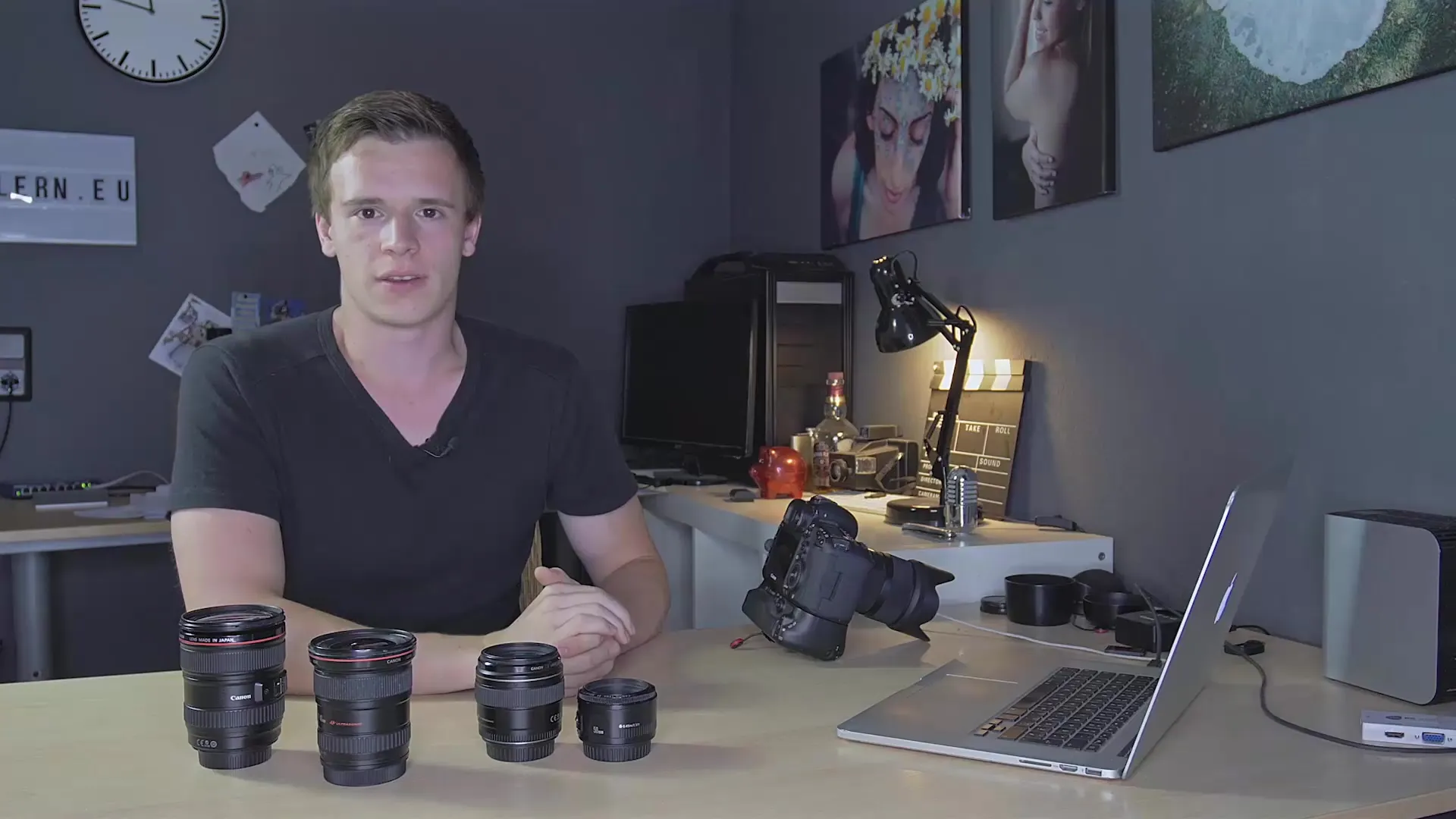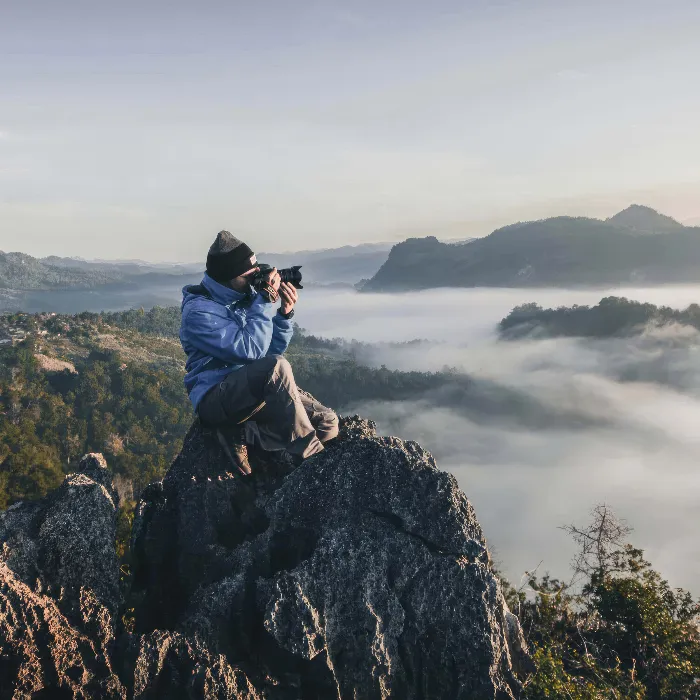Focal Length may initially sound like a technical term that is only relevant to photographers. However, choosing the right focal length can make the difference between an average image and an impressive masterpiece. You will quickly realize that the focal length not only brings the subject closer or farther away but also changes the entire image composition, the background, and the depth of field. In this guide, we dive deep into the significance of focal length and provide you with valuable tips on how to effectively use it in photography.
Main Insights
- The focal length not only affects the size of the subject in the image but also the field of view and the depiction of the background.
- Prime lenses offer a better aperture and image quality than zoom lenses.
- Choosing the right focal length is crucial for depth of field and image composition.
Step-by-Step Guide
1. Understanding Focal Length
In the first step, it is important to understand the term focal length. On your lens, the focal length is specified in millimeters. Larger numbers mean you can zoom in closer to the subject, while smaller values create a wider field of view. When using a 35 mm lens, you will capture more of the surroundings in the image. At 80 mm, the focus is more on the subject, and the background is much tighter.
2. The Effects on the Background
A frequently overlooked aspect of focal length is how significantly it influences the background. For example, when photographing a subject with different focal lengths – say 35 mm, 50 mm, and 80 mm – the background will look different in each case. Simply zooming in on a subject may seem straightforward, but this alters the entire image structure and how the background is perceived.
3. Prime Lenses vs. Zoom Lenses
Now, let's look at the differences between prime lenses and zoom lenses. As the name suggests, prime lenses cannot be zoomed. This means you have to be creative to get the right shot. You need to think about where you position yourself and how you want to capture the subject. This can significantly change your perspective as well as the image composition.
Zoom lenses, on the other hand, offer the flexibility to use different focal lengths without having to change the lens. However, when using a zoom lens, it is common for the maximum aperture to be limited. A fixed range of aperture values is typical for zoom lenses because they require space for the moving parts.
4. Aperture and Blur
The next point you should consider is the relationship between focal length and aperture. With prime lenses, you often have a larger aperture available, which allows for appealing blur effects in the background. You can experiment with different apertures and see how they affect your image.
For example, if you use an 85 mm lens, you might have an aperture of 1.8 or even 1.4 available, allowing you to render the background very blurry.
5. Depth of Field and Image Design
The focal length also has a direct impact on depth of field. Wide-angle lenses offer a large depth of field, making it difficult to intentionally create blurs. The opposite is true with telephoto lenses: they produce a shallow depth of field, allowing you to create extreme blur effects.

This means, however, that you need to be particularly careful when taking landscape shots with telephoto lenses – you will often be forced to close the aperture to capture more details in the image.
Summary - The Art of Focal Length in Photography
The focal length is not just a technical specification but a creative tool that helps you tell stories through images. Whether you choose a prime lens or a zoom lens, by consciously selecting the focal length, you can elevate your photography to the next level.
Frequently Asked Questions
What is focal length?Focal length is the distance in millimeters that indicates how close you can zoom in on a subject.
How does focal length affect the background?Focal length changes the field of view and the representation of the background, resulting in variations in sharpness and perception.
Are prime lenses better than zoom lenses?Prime lenses often offer better image quality and larger apertures; however, they lack the flexibility and versatility of zoom lenses.
How does focal length affect depth of field?Wide-angle lenses have a large depth of field, while telephoto lenses create a shallow depth of field, making it easier to produce intentional blur effects.
Can I photograph landscapes with a telephoto lens?Yes, but keep in mind that you will often need to close the aperture to achieve the desired depth of field.


